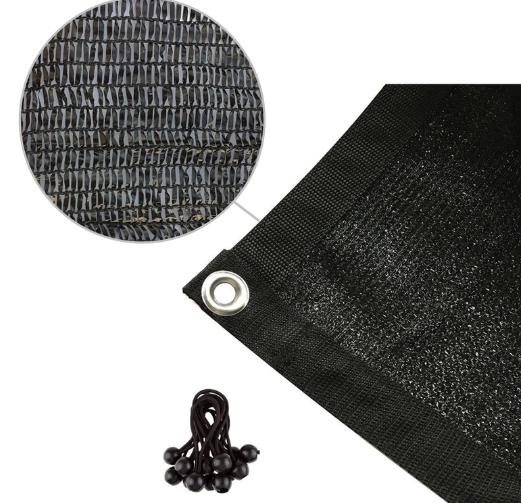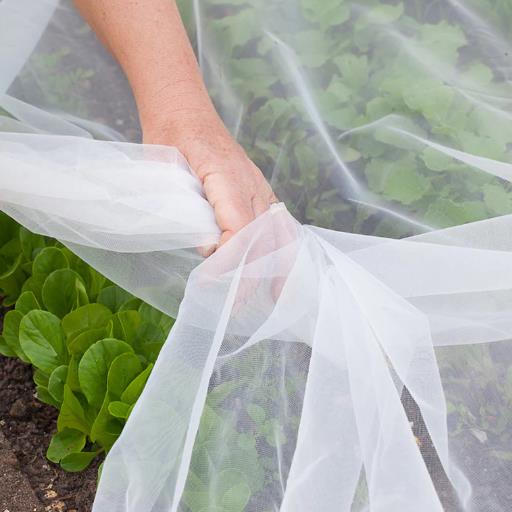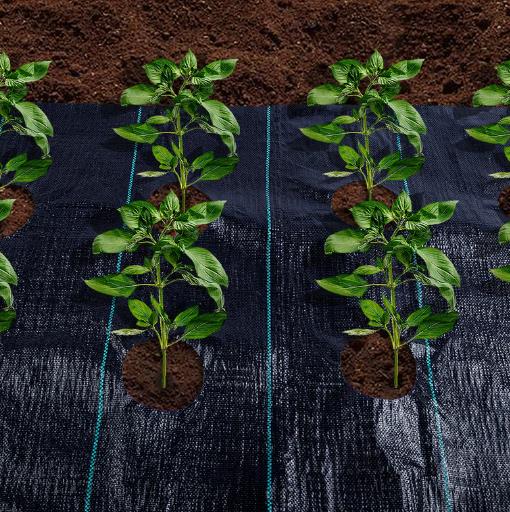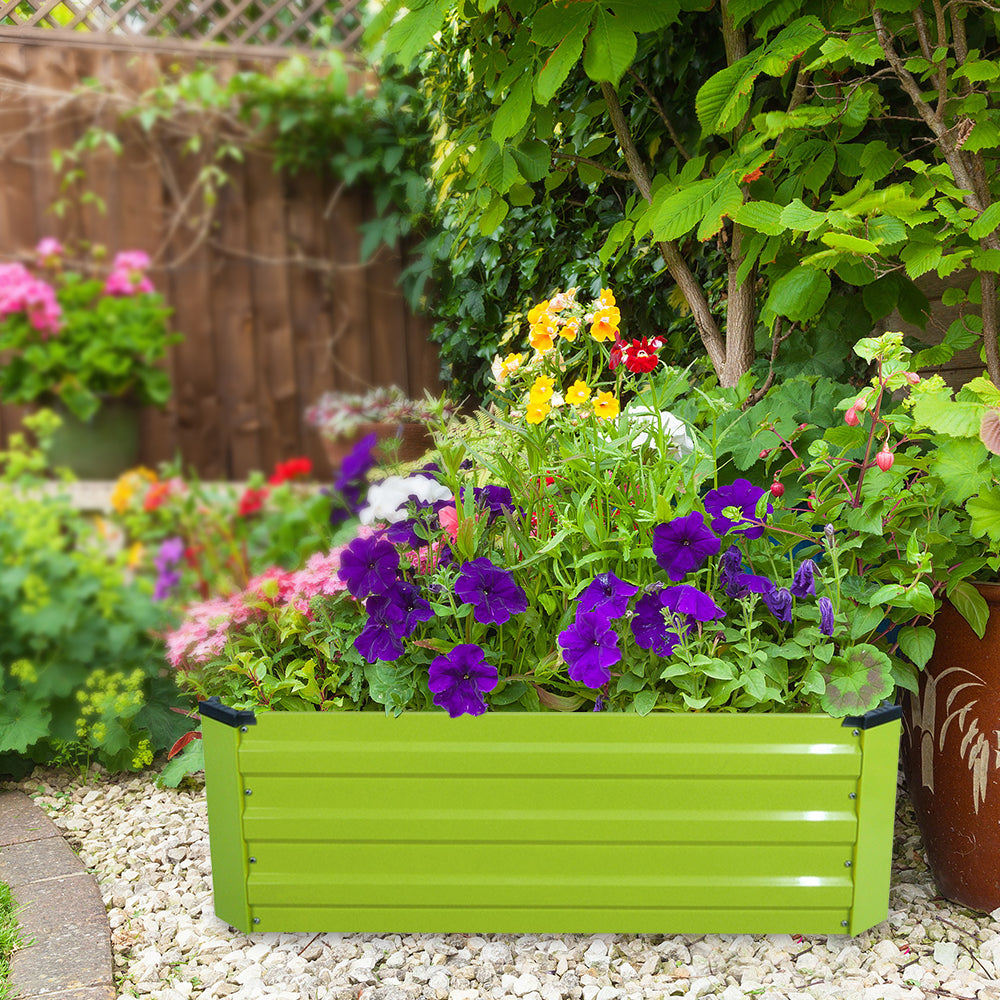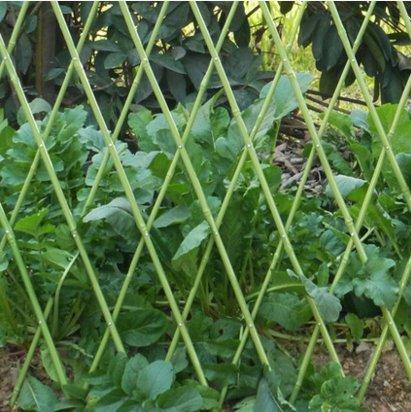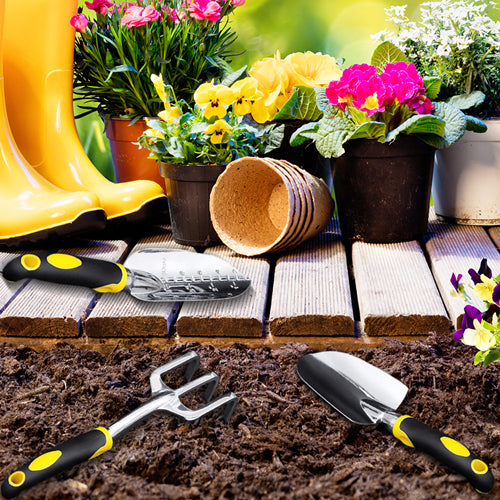
The temperature has dropped sharply and the weather has become drier. The cold protection of seedlings is a top priority. Today we talk about the maintenance of winter seedlings: pruning in winter.
By pruning, the branches of the plant can be distributed uniformly, and nutrients can be saved, consumption can be reduced, tree vigor can be adjusted, and excessive growth can be controlled, so that the plant shape is neat and beautiful.
The pruning of seedlings can be performed all year round, but the systematic pruning work is generally performed twice a year, in winter and summer. Summer pruning is mainly during the growing season, and the time range starts from the germination of new shoots in spring and stops growing at the end of autumn. Winter pruning is generally performed after falling leaves in autumn and before spring germination (November to March next year).
Winter pruning focuses on:
① Leave new branches (new branches issued last year) and the branches that bloomed most last spring;
② Discard aging branches.
This can make the plant younger and clear up some mixed branches, which will help the plant maintain good ventilation and sunlight, and also organize the overall plant type to make the plant more beautiful. The general principle is to fully recut.
How to cut in winter?
- The trimming tool should be kept sharp. Choose a professional trimming tool. For protection and skin, you can choose some suitable labor protection tools.
- The cut should be smooth. When cutting, the cut should be smooth, and the cut should be about 1 cm above the side buds. If the cut is too close to the side buds, the stem and leaf primitives in the buds will often be damaged, and the buds will be easy to air dry; if the cut is too far from the side buds, residual piles will be left, which will affect the appearance. When pruning, you should also pay attention that the top side buds should be left on the outside of the branches to allow the new branches to grow outward, which can make the tree beautiful.
- When the sawn is large, apply protective agent? Saw large branches, resulting in a larger wound surface, often rot due to rain or invasion of germs. Therefore, when sawing off the branches of the tree, the saw blade must be leveled, disinfected with 20% copper sulfate solution, and finally coated with a protective agent (protective wax, blending paint, etc.) to prevent corrosion and dryness and promote healing.
- The pruning period of deciduous and evergreen trees should be different.The deciduous tree stops growing in winter. At this time, there is less nutrient loss from pruning and the wound heals quickly. Although the evergreen tree is in its dormant period in winter, there is a danger of frost damage if the branches and leaves are cut off. Because the roots and leaves of evergreen trees are active all year round and their metabolism is not limited, the nutrients in the leaves are not completely used for storage. When the branches and leaves are cut, the nutrients are lost and the tree growth is affected. The evergreen pruning period is usually late spring after winter.
Agfarbic has many kinds of Pruning shears to choose from, such as Bypass Pruning Shears, Shear with Straight Blade.


